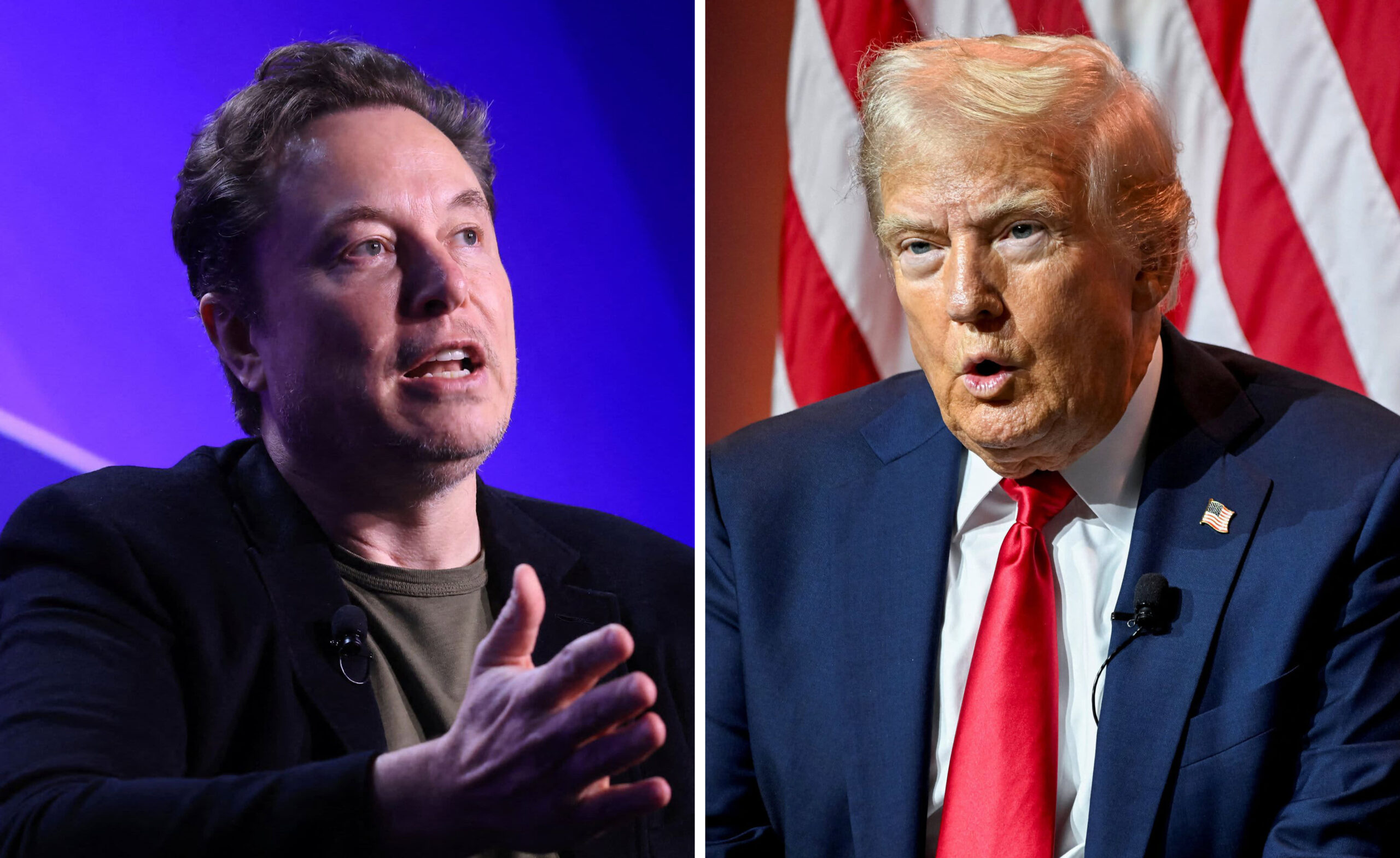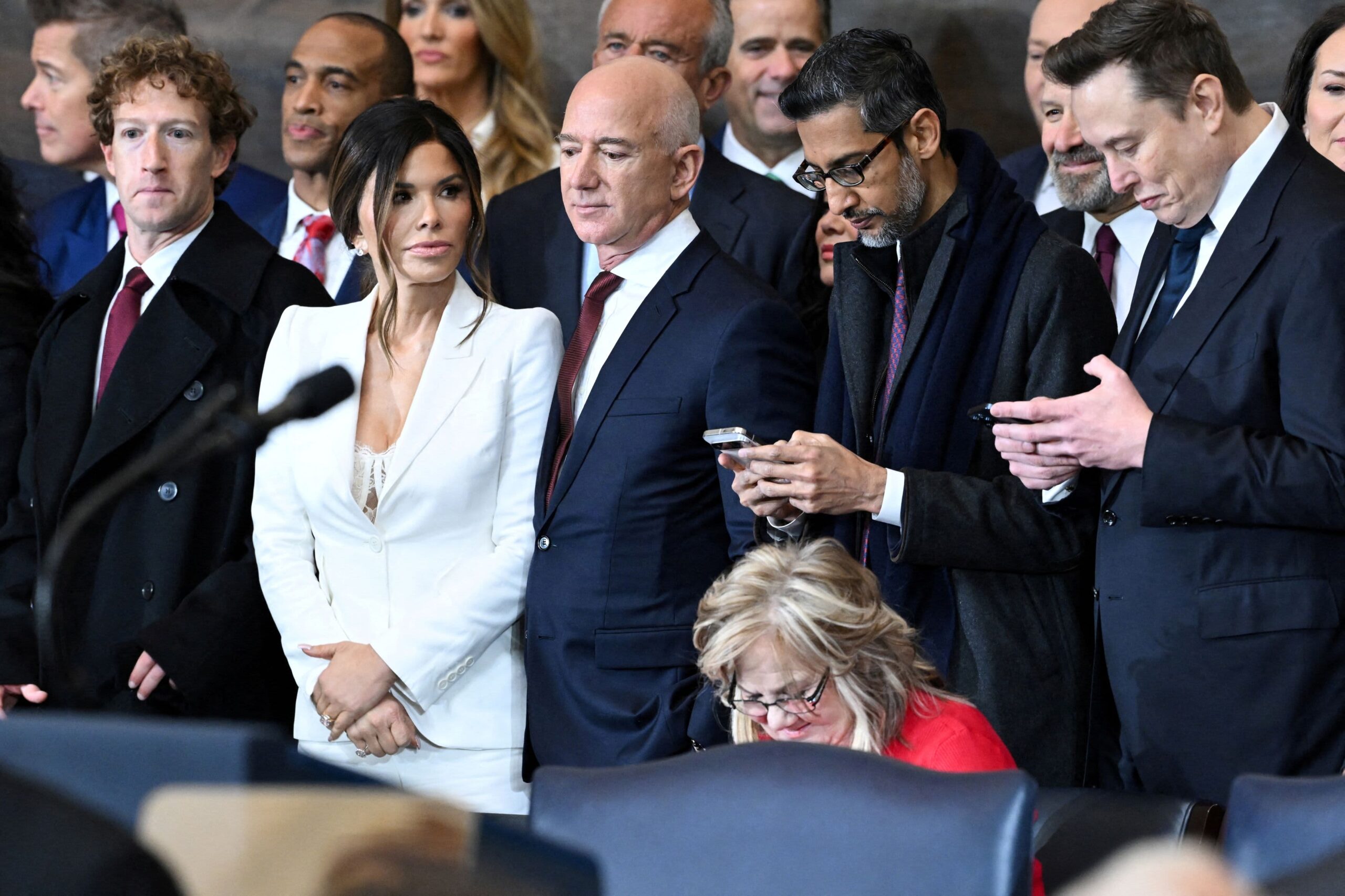Beijing: China’s export boom goes far beyond the high-tech industries that are in Western crosshairs, leaving Beijing at risk of a backlash from countries that have so far preferred to sit on the trade-war sidelines.
The European Union is poised to slap tariffs on Chinese electric vehicles (EVs) this week, the latest example of rising barriers to global trade. The United States already made a similar move, and Canada may follow suit.
Few other nations have raised that particular concern, since most don’t have their own EV industries to protect.
But China’s surplus in manufacturing trade, which is close to record levels, points to a much broader surge in exports. It encompasses not just green-energy goods but all kinds of products – from steel to animal feed – that are getting harder to sell at home, where a real estate slump is slowing the economy.
In many cases rising exports have been accompanied by falling prices. If that combination persists, it threatens to trigger reactions from more countries beyond the United States and in Europe.
China’s trade partners worry that overcapacity in areas tied to housing “will lead to the dumping of some of these materials in overseas markets”, said Ong Kian Ming, Malaysia’s former deputy minister for international trade.
There are already the beginnings of a backlash, with record numbers of anti-subsidy and anti-dumping measures against Chinese goods last year.
Most of the former happened in the Group of Seven developed countries. But the anti-dumping efforts came from a wide variety of nations such as India and South Korea, and targeted a range of manufactured goods including steel products, wheel loaders and wind towers, according to the World Trade Organization.
China’s iron and steel exports hit a record 13 million tonnes in March and stayed near that level in April, according to Bloomberg analysis of the official data, as domestic demand slumped due to the collapse in housing construction.
Local firms are on track to produce a billion tonnes of steel again this year, and with no sign of a housing rebound they’ll likely try to export more excess metal.
Prices have been plunging for almost three years, leading some Latin American nations to impose tariffs to stem the tide and protect local producers.
Those barriers, along with increased US tariffs due to go into effect in August, may lead to even more metal being directed to Asia.
Companies in Vietnam and India are already complaining about the flood of cheap metal, which hit the profits of firms like Tata Steel Ltd, one of India’s leading producers. Thailand and Saudi Arabia are considering new levies.
The slowing domestic economy isn’t just driving down demand and prices for metals. China’s exports of soybean meal jumped to almost 600,000 tonnes in the first four months of 2024, nearly five times the year-earlier level.
The meal is used to feed animals, but less demand for pork means fewer pigs, and that’s pushed Chinese processors to export their surplus.
Another area where China has seen a manufacturing surge is petrochemicals. A wave of new plants is producing the building blocks of plastic products from water bottles to football helmets – and the boom isn’t over yet.
China is expected this year to bring online enough propane dehydrogenation plants to boost its overall capacity by 40%, according to researcher Mysteel OilChem.
That’s proving disruptive for chemical industries in neighbouring countries such as South Korea and Japan. China is now importing more raw feedstocks like crude oil and propane, and less semi-refined petrochemical products.
The hit to sales at rival plants has forced the closure of at least one facility in South Korea.
Of course, there are still plenty of nations where cheaper Chinese goods are welcome. Imported solar panels have helped South Africa deal with crippling power shortages.
Demand for the panels has also soared in India, even though it doesn’t have great relations with China, after the government in New Delhi eased a ban last year.
What’s more, tariffs aren’t always designed to keep China out – in some cases it’s almost the opposite. Both Brazil and Turkiye have raised barriers to direct imports of EVs, but accompanied those measures with efforts to attract Chinese firms and get them to build EV factories in the countries. — Bloomberg

